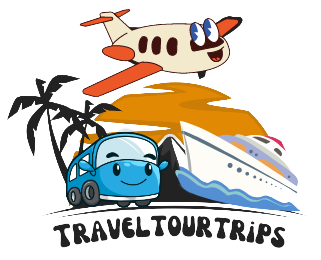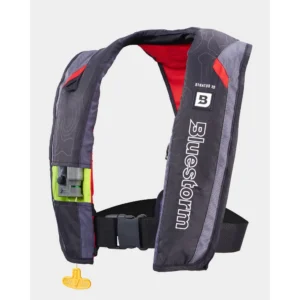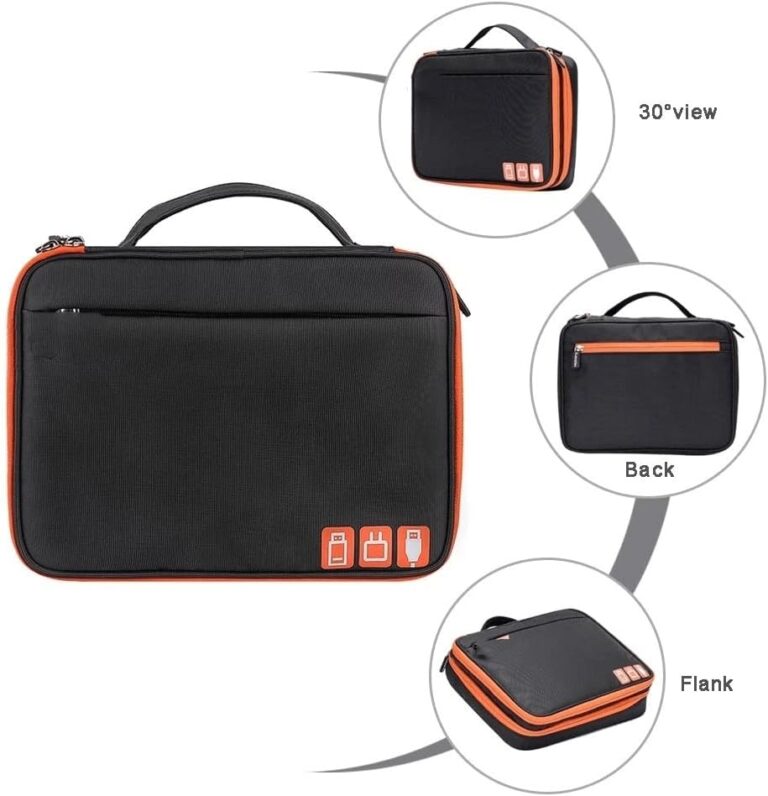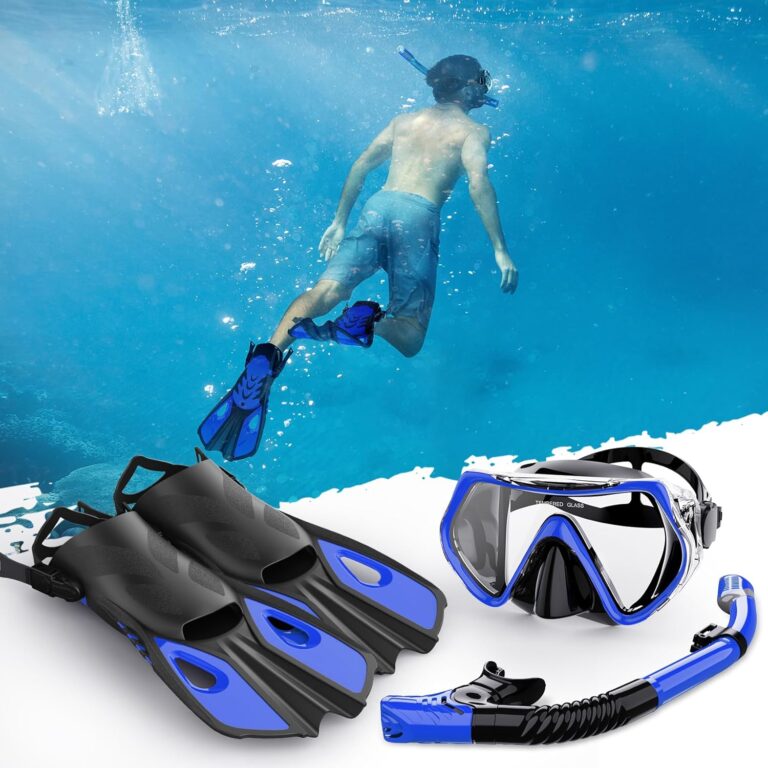Water sports can be exhilarating and enjoyable, but they can also be dangerous. As a result, taking precautions and following safety guidelines is critical. Among the most important safety equipment for any water sport are life jackets and personal flotation devices. In this article, we will discuss the various types of life jackets and personal flotation devices that are available, their pros and cons, and how to select the appropriate device for men, women, and children.
The Importance of Life Jackets and Personal Flotation Devices to stay safe on water
Water sports are a popular activity for people of all ages, but they can also be dangerous. Accidents can occur unexpectedly and can be life-threatening. To stay safe on the water, it is critical to wear a life jacket or personal flotation device (PFD). These devices provide buoyancy and can help keep you afloat in the water.
Types of Life Jackets and Personal Flotation Devices
There are several different types of life jackets and PFDs available on the market. Here are five of the most common types:
1 Type I: Offshore Life Jackets
Type I life jackets are designed for rough waters and are the most buoyant type of PFD available. They are typically orange and have a minimum buoyancy of 22 pounds. These life jackets are bulky and uncomfortable, but they offer the highest level of safety in emergency situations for stay safe in water.
TRAVELTOURTRIPS CHOICE
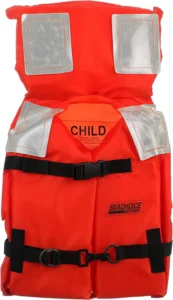
Type I Commercial Offshore Jacket
- Life jacket is USCG classified/graded for use on commercial vessels
- Designed and constructed to keep an unconscious wearer face-up in the water
- High-visibility fluorescent orange jacket has SOLAS reflective panels for enhanced visibility
- 100% polyester shell is lined with premium soft foam flotation material
- 1-inch nylon belt wraps around person wearing jacket and closes with clip; D-Ring adjusts belt for proper fit.Youth-sized jacket is designed for an individual weighing less than 90 pounds
2 Type II: Near-Shore Buoyancy Vests
Type II life jackets are designed for calm, near-shore waters and have a minimum buoyancy of 15.5 pounds. They are less bulky than Type I jackets, making them more comfortable to wear for extended periods to stay safe on water.
TRAVELTOURTRIPS CHOICE
Type II: Near-Shore Buoyancy Vests
- This life jacket is categorized as a Type 2 personal floating device, meaning it is designed to turn most wearers face-up in water
- 35 lbs of buoyancy, conformed to USCG standards and almost twice the buoyancy of a foam lifejacket but without all the bulk
3 Type III: Flotation Aids
Type III life jackets are intended for use in calm, inland waters and have a minimum buoyancy of 15.5 pounds. They are lightweight and comfortable to wear, making them a popular choice for water sports to stay safe on water.
TRAVELTOURTRIPS CHOICE
- US Coast Guard-approved life jacket
- Antimicrobial-treated fabric helps resist odor and the growth of mold and mildew on the vest
- 4 adjustable straps and closed sides for extra comfort
- Dry ring for easy hanging after use
- Durable construction: 200D nylon shell, PE foam and four 1.5-in. (3.81-cm) webbed, buckled straps
- Size L/XL, for adults over 90 lbs. and chest sizes 42-50 in.
4 Type IV: Throwable Devices
Type IV PFDs are not wearable, but they can be thrown to a person in the water in an emergency. These devices are typically cushions or rings and are designed for use in calm waters for stay safe on water.
TRAVELTOURTRIPS CHOICE
- Two grab handles for safety
- Bright safety color
- 100% Polyester Oxford Fabric
- Perfect for satisfying coast guard/state requirements for one throw able device per 16′ vessel
- One-year Limited Warranty
5 Type V: Special Use Devices
Type V PFDs are designed for specific activities, such as kayaking, windsurfing, or water skiing. They provide adequate buoyancy and are tailored to the specific needs of the activity to stay safe on water.
TRAVELTOURTRIPS CHOICE
- Pedal System: HyDryve II pedal system with rudder for easy maneuvering.
- Stable: Tunnel hull design for maximum stability and easy access.
- Comfortable: ERGOCAST XP™ seating system and removable seat for beach use.
- Premium Features: In-handle rigging tracks, ample storage space, stern storage platform, bottle holders, and accessory eyelets.
- Safe: Additional flotation, scupper holes, and flat hull design for safety and peace of mind.
- Lightweight: Made with durable high molecular density polyethylene.
Selecting the Appropriate Life Jacket or PFD
Selecting the appropriate life jacket or PFD is critical to your safety on the water. Consider the following factors when selecting a device:
- Buoyancy: The minimum buoyancy required for a life jacket or PFD is determined by the type of water you will be in and your weight.
- Fit: The life jacket or PFD should fit snugly and not be too loose. It should also not be too tight, as this can restrict movement and breathing.
- Comfort: Look for a device that is comfortable to wear for extended periods. If the device is uncomfortable, you may be less likely to wear it.
- Activity: Choose a life jacket or PFD that is appropriate for the activity you will be engaging in. For example, a Type III flotation aid is appropriate for calm, inland waters, while a Type I offshore jacket is designed for rough waters.
Pros
- Provide buoyancy and keep you afloat in the water
- Can prevent drowning in emergency situations
- Are available in different types and sizes for men, women, and children
- Are relatively inexpensive compared to the potential cost of injury or loss of life
Cons
- Can be bulky and uncomfortable to wear for extended periods of time.
- May limit movement and flexibility.
- Can give a false sense of security and lead to risky behavior.
- Improper use or fit can lead to ineffective flotation or even make the situation worse.
Stay Safe on the Water: The Importance of Life Jackets and Personal Flotation Devices
READ : What’s In My Bag? The 12 amazing Travel Checklist and guide
Spending time on the water can be a fun and enjoyable experience, but it’s important to prioritize safety to avoid accidents and potential tragedies. One of the most important safety measures you can take is to wear a properly fitting life jacket or personal flotation device.
In this article, we’ve covered the different types of life jackets and personal flotation devices available, how to choose the right one for your needs, and the pros and cons of wearing.
